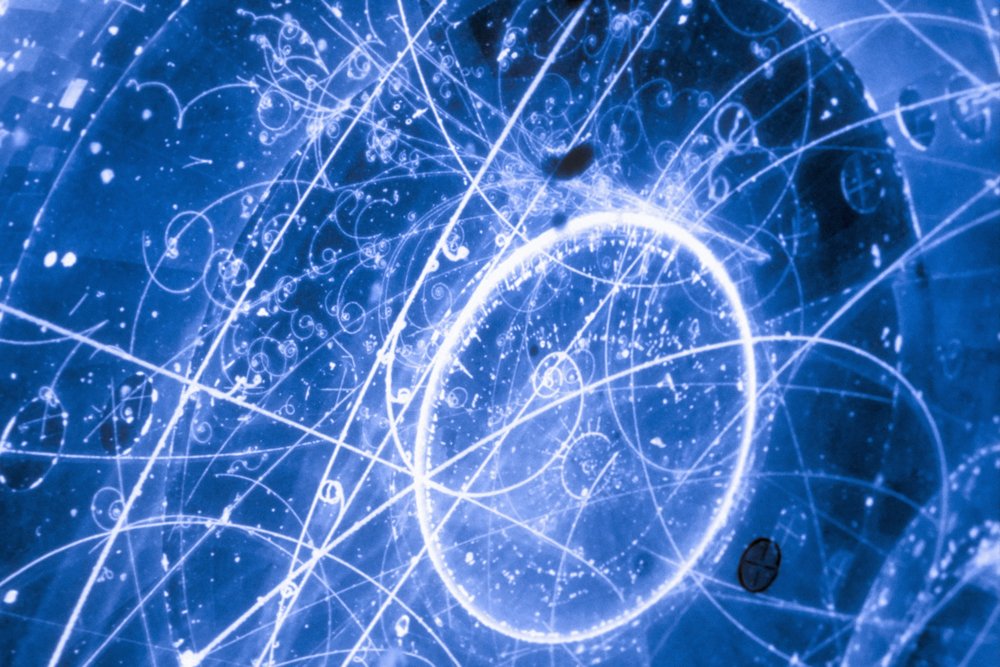
To get a sense of how little neutrinos interact with things, imagine we took a single electron and put it in a box that kept out photons, protons and all the other particles zipping through the universe. As its name implies, the weak force is typically much weaker than the more familiar electromagnetic forces responsible for holding electrons around atoms, which means cosmic neutrinos barely interact at all with other forms of matter. Having no electric charge, neutrinos can only interact with matter by the "weak force". In fact, many physicists probably think that detecting cosmic neutrinos is practically impossible. Why hasn't anyone detected them yet?īecause it is really, really hard. All of these data are consistent with the above estimate of about 150 neutrinos and 150 anti-neutrinos per cubic centimeter. Furthermore, it turns out that the aggregate energy of these neutrinos has subtle but detectable affects on the faint light from the early universe that have been observed with recent experiments. Also, the relevant nuclear reactions can be studied in great detail in modern laboratories, so the theory of cosmic neutrino production is pretty robust. Wait, if nobody has seen them yet, how do you know they even exist?įor one, the same nuclear reactions that should have generated the neutrinos also were responsible for producing the initial mix of chemical elements in the universe, which are well constrained.

However, thus far nobody has directly detected these particles. Still, even today there should be around about 150 cosmic neutrinos and 150 cosmic anti-nuetrinos in every cubic centimeter of the universe, on average. Over the last 13 billion years, as the universe has continued to expand, these neutrinos have continued to disperse and lose energy.
#DEFINITION OF NEUTRINO FREE#
However, as the universe expanded, the interactions between the very sub-atomic particles became less frequent and also less violent, so the neutrinos stopped being produced and the ones around became less and less likely to interact with anything, and just a few seconds after the Big Bang, the neutrinos stopped interacting with anything else in the early universe, and so started flying free through the universe. Some of these reactions produced or absorbed neutrinos, so neutrinos also existed in this superheated plasma. At this time the universe was very hot and dense, and protons, neutrons and electrons throughout the universe were undergoing constant nuclear reactions. That is, they come from a time shortly after the Big Bang. Okay, what the $&?% are cosmic neutrinos?Īs their name implies, cosmic neutrinos (also called cosmological neutrinos, or the cosmic neutrino background) are neutrinos that come have a cosmological origin. Since they have no charge, they interact very weakly with other matter, making them tricky to detect. Unlike other fundamental particles, neutrinos have no electric charge and very low masses.

Neutrinos are a type of sub-atomic particle, like electrons or quarks. In particular, I wondered if the techniques and technologies currently being used to study the details of ancient light could be applied to another relic from the early universe: cosmic neutrinos.

I was always impressed with how these instruments and experiments could measure signals millions of times fainter than various background signals in the instrument and the sky, and so I began to think about just how small a signal these sorts of instruments could detect. While I spend a lot of my time these days trying to figure out how Saturn's rings work and what they can tell us about the Saturn system, I used to work on very sensitive telescopes designed to measure the faint afterglow of the Big Bang.


 0 kommentar(er)
0 kommentar(er)
